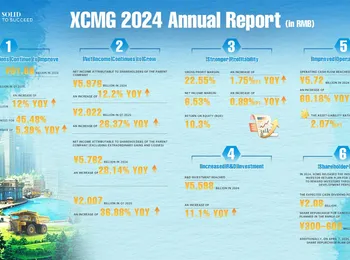The escalating tensions surrounding the recent strike on Iran’s nuclear facilities have brought renewed scrutiny to concerns regarding potential threats within the United States. During a discussion, Fox News host Maria Bartiromo pressed Tom Homan, the Border Czar, regarding the presence of "Iranian sleeper cells" and the extent of their potential impact. Bartiromo’s questioning centered on a specific inquiry: "Can you assess that issue, particularly, how many Iranians are in the country that are in sleeper cells trying to do bad to America right now?" Homan responded, highlighting his longstanding belief that the Biden administration’s border policy represented the greatest national security vulnerability in U.S. history. He stated that his primary concern was the sheer volume of individuals crossing the border without proper vetting, a situation he attributed to the "humanitarian crisis" created by the current administration’s policies. He emphasized that over two million people had crossed the border since Biden took office, and that, because of this, the identity and origins of these individuals remained largely unknown. Homan pointed to the significant difference in numbers between the Trump and Biden administrations, noting that during the Trump administration, there were zero releases of foreign nationals, while under the Biden administration, CBP recorded 1,272 nationals from Iran. This stark contrast fueled his assertion that the lack of control at the border had enabled a dangerous situation to develop. He further attributed the rise in potential threats to the overwhelming strain placed on border patrol, which he claims was exacerbated by the humanitarian crisis. The discussion underscores a key point of contention regarding national security strategy and the perceived consequences of differing immigration policies. The volume of individuals entering the country without proper screening has become a central concern, with critics arguing that it has created an environment where potential threats can operate undetected.
The figures cited – 1,272 nationals from Iran – are intended to illustrate the scale of the challenge and to highlight what critics perceive as a critical failure in border security. The ongoing debate reflects a deeper concern about the potential for foreign nationals, including those linked to terrorist organizations, to exploit vulnerabilities in the U.S. border system. It is important to note that these numbers represent a specific data point within a broader context of border security concerns, and further investigation and analysis are needed to fully understand the nature and scope of any potential threats. The conversation highlights the complexities involved in assessing and responding to national security risks, particularly in the context of rapidly changing geopolitical landscapes and evolving immigration patterns. Understanding the full implications of this situation requires careful consideration of various factors, including intelligence gathering, law enforcement capabilities, and the effectiveness of border security measures.
Ultimately, the question of "how many?" – specifically, the number of Iranian sleeper cells operating within the United States – remains a contentious issue, reflecting a fundamental disagreement about the priorities and effectiveness of U.S. national security policy. The numbers presented are a component of a larger narrative about border security and the potential consequences of policy choices, demanding a thorough examination of the underlying concerns and available evidence.
























